The intersection of Broad and Wood Streets, just north of the Vine Street Expressway, has seen a tremendous amount of change over the course of two centuries. As the neighborhood around North Broad Street has transformed, the building at the southwest corner of the intersection has shifted constantly to reflect this transformation. Hexamer & Locher’s Philadelphia Atlas shows that the corner in question was occupied by a Commission & Storage Depot in 1858.
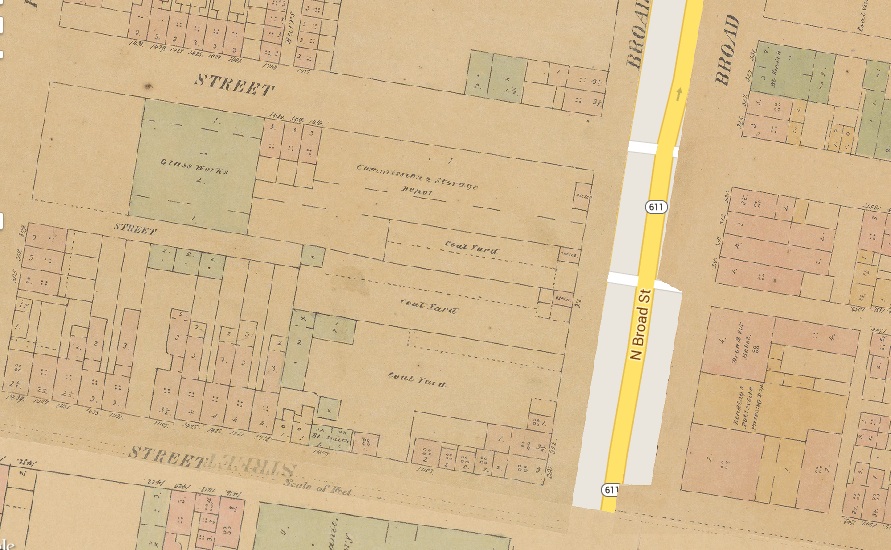
Just a few years later, Samuel L. Smedley’s 1862 Atlas shows that the Coal Yard had come to occupy this entire stretch of the industrially-focused Broad Street.
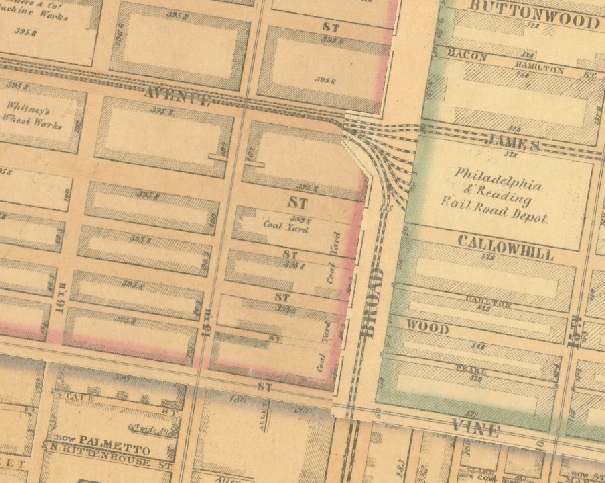
By 1875, the primary commodity stored at the corner had changed from coal to lumber. The Lumber Yard is attributed to one R.H. Dobbins.
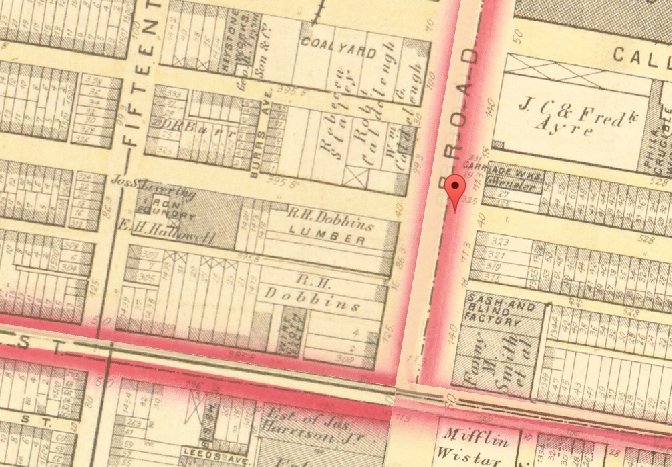
Soon, the variously industrialized yards had evolved into the Industrial Hall, which is listed at 320 N. Broad St. and is shown in the 1895 Philadelphia Department of Records photo here below.
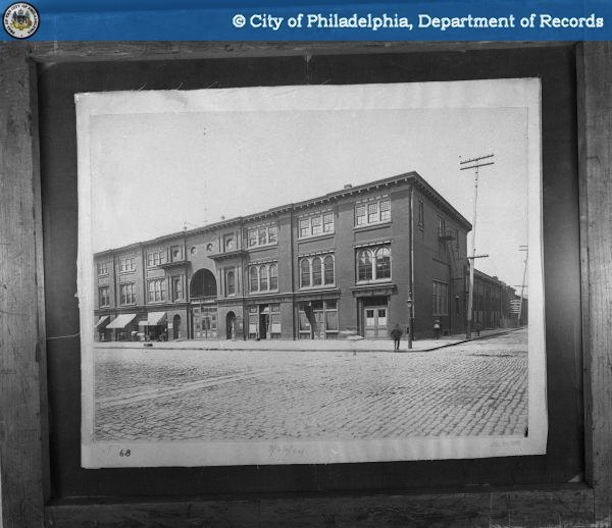
Somewhere near the turn of the century, Nichols Bazaar moved into the Hall. In 1905, a text called Motor Age, Vol. 8 identified Nichols Bazaar as “an old and successful Philadelphia firm of horse dealers.” The text also notes that Nichols had just that year begun auctioning second-hand automobiles, making it an early forerunner in the used car business. Motor Age calls the old Industrial Hall “an ideal location for automobile auction sales, being within hailing distance of all the large ‘Row’ concerns.”
The Industrial Age and Motor Age would both give way to a period of relative decadence on nearby South Broad Street, marked by the 20th Century emergence of an array of hotels, theatres and event halls. The corner of Broad and Wood would become all three in 1924 when, according to Philly Bricks, the Elks Hotel was constructed. In addition to housing the Elks Lodge that gave the building its new name, the ballroom within played host to regular performances by the Eugene Ormandy Orchestra.
The advertisement below, taken from Philaphilia, notes that though “there are more pretentious hotels…a jazz band and a gilded lobby can never a make a public hotel anything but the dwelling place for strangers.”
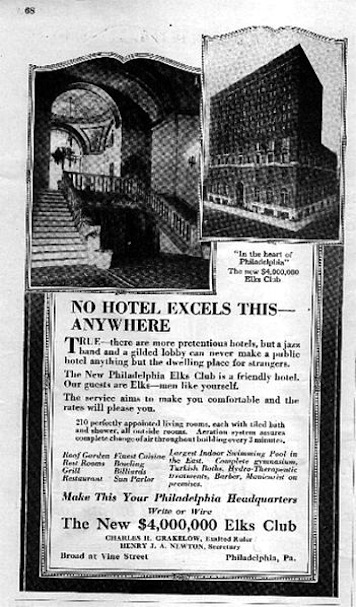
The brand new Elks Hotel is shown here below in a photo taken from Philly Bricks.
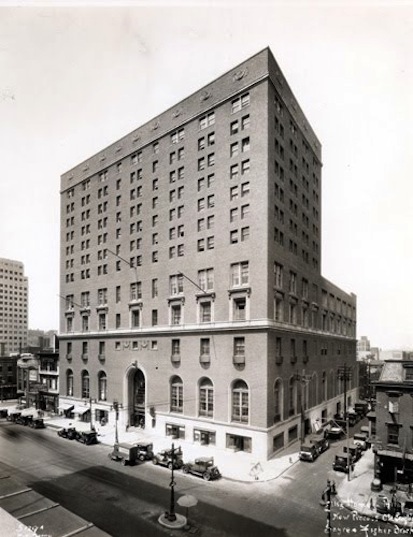
Unfortunately, the challenge of bringing South Broad’s glamour to the area north of City Hall proved a daunting one. The hotel struggled, as did Elk membership. According to Philly.com, patrons complained that the hotel’s rooms were simply too small. Over the next several years, owners struggled to keep the hotel open on the strength of event attendance. The ballroom became the site of boxing matches, wrestling tournaments and, for a time, the South Philadelphia Hebrew Association’s Saturday night baseball games. By the 1930s, the Elks had departed. The struggling hotel at Broad and Wood was, fittingly, redubbed the Broadwood. The image below, taken from Philadelphia Buildings and Architects, shows the Broadwood Hotel in 1936.
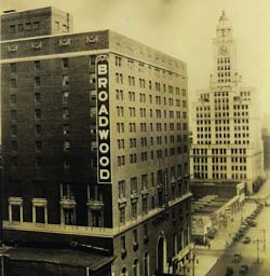
Like the Elks, the Broadwood did not come by its guests easily. It did, however, persist on the strength of the Broadwood Health Club, which became a popular site for swimming, steaming and massages. Even still, the Broadwood floundered. In 1961, a group of its health club members purchased the building and transformed it into the Philadelphia Athletic Club. The image below, taken from the Department of Records, shows the Philadelphia Athletic Club in 1980, about the same year that the club finally began admitting female members.
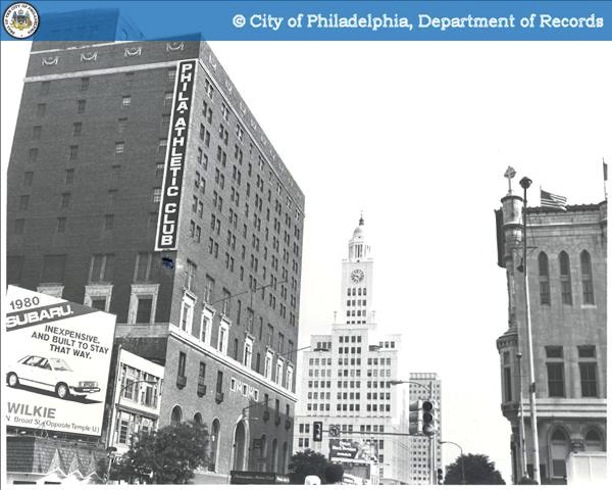
In spite of the fact that the frequently altered building was designated as a Historic Landmark in 1984, it was torn down to make way for the Hahnemann University Hospital parking garage in the early ‘90s. At the time, a hospital spokesperson insisted that the parcel would only be used for parking temporarily, until Hahnemann could determine an appropriate long-term use.
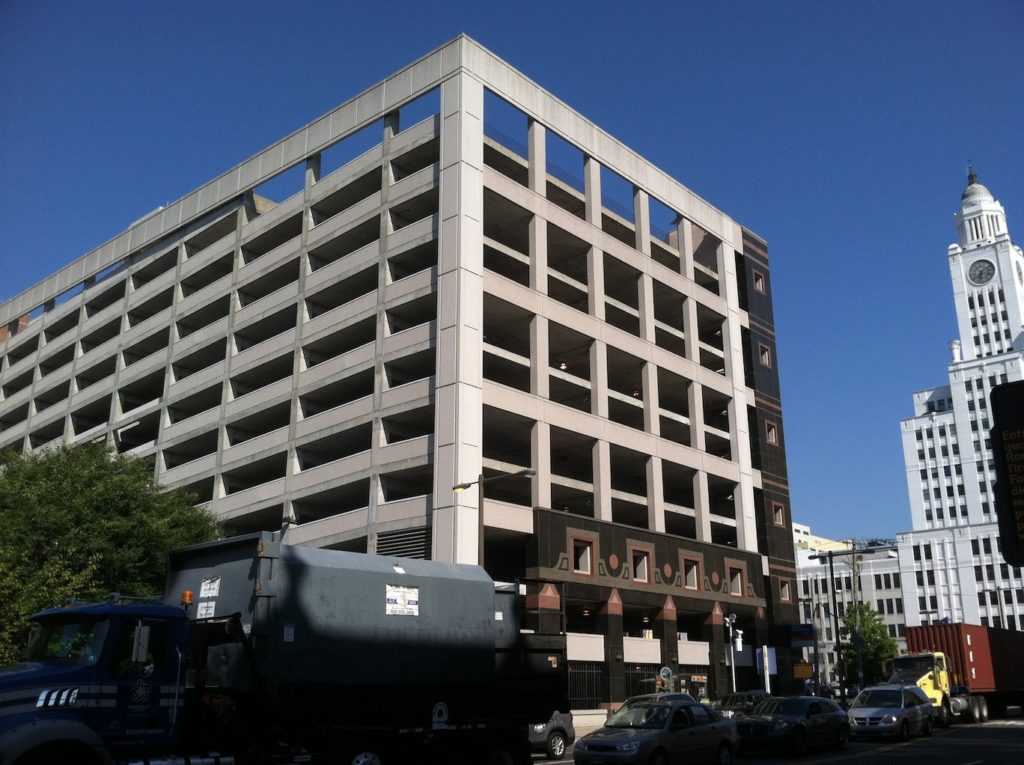
We're still waiting to see what that long-term use will be.

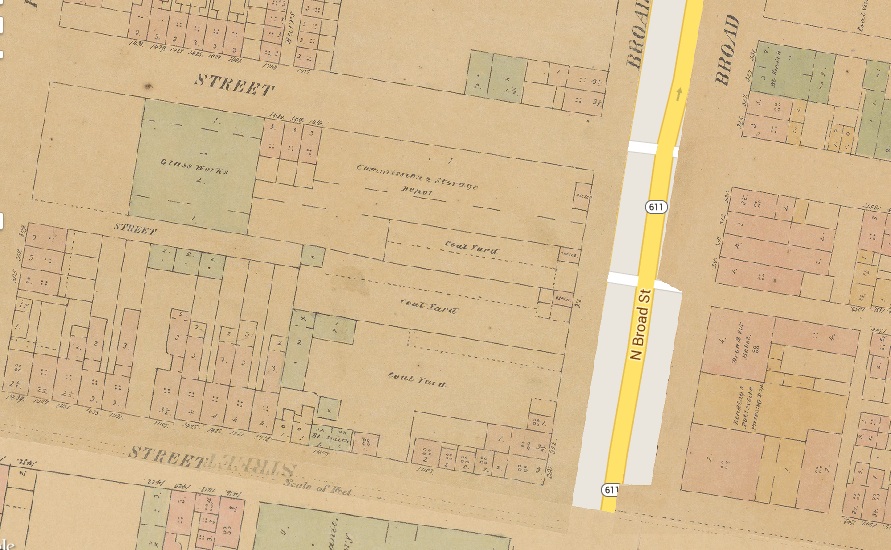
Leave a Reply